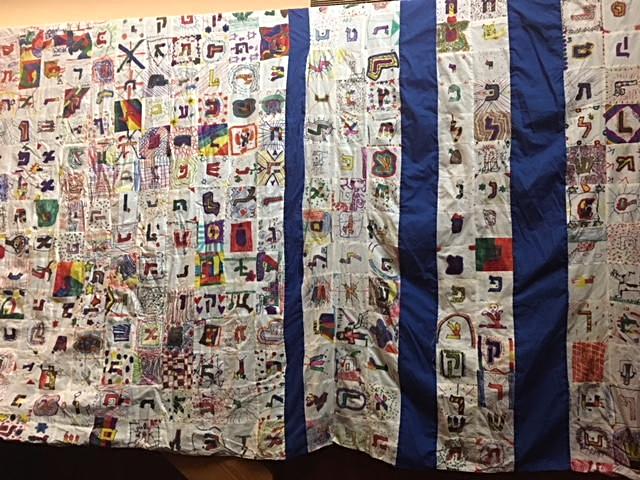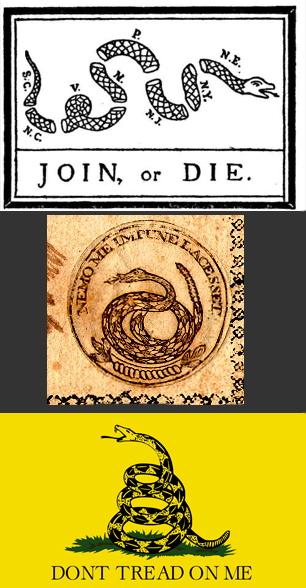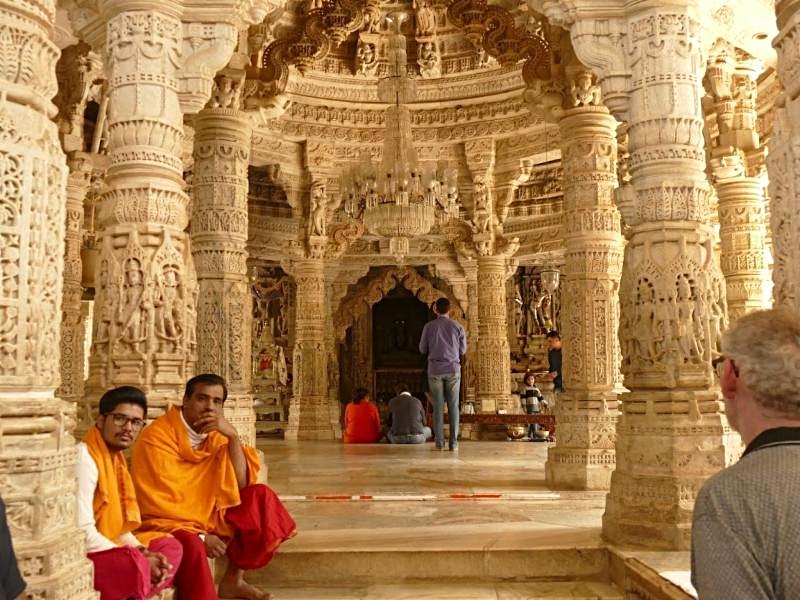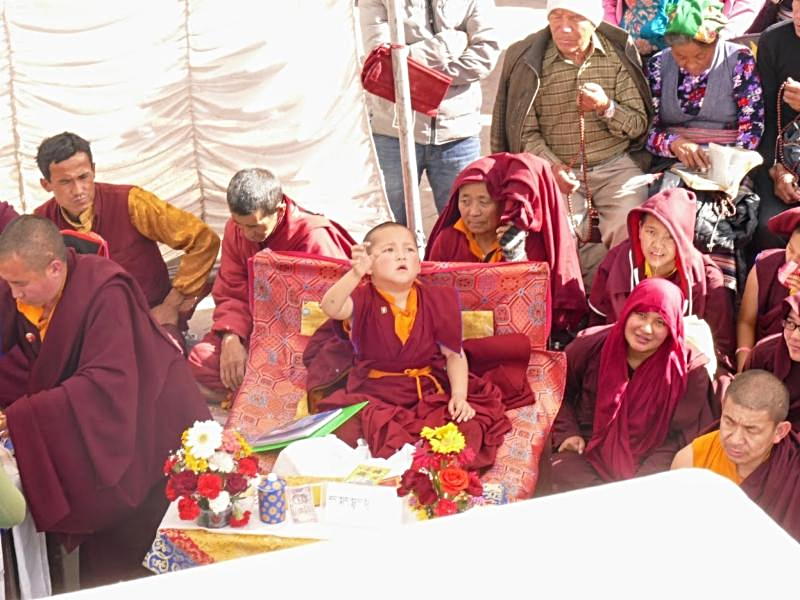Shabbat Shalom!
My portion of Mishpatim contains a series of miscellaneous laws that follow last week’s portion which includes the Ten Commandments. These laws are called the “book of covenant” or Sefer Habrit.
My portion of Mishpatim contains a series of miscellaneous laws that follow last week’s portion which includes the Ten Commandments. These laws are called the “book of covenant” or Sefer Habrit.
After Moses read the record of the covenant to the people, they responded by saying,
“Na’aseh V’nishma,” which means, “we will do and we will listen.”
Logically, shouldn’t people listen and understand before simply following
orders? But the Torah seems to be saying otherwise.
There are many times in life when we must act before we completely understand what we
are doing. It is really ironic how this saying comes in Exodus chapter
24, verse 7, because we as Jews are a real 24/7 people. We are constantly
“doing.” Yes, Judaism is packed with words; however, actions come first.
As Shammai says, in Pirkay Avot, (אֱמֹר מְעַט וַעֲשֵׂה הַרְבֵּה) “...say little and do
much.”)
In the musical, Hamilton, Aaron Burr’s advice to Hamilton is, “talk less and smile
more.” This conveys the opposite meaning of Na’aseh V’nishma,
understanding before acting.
It is very important to be able to follow both of these sayings.
Sometimes we have to ponder and really think through a situation before we are able to do
the right thing, which is listening before doing.
But in the end, actions matter a lot more than words. In this portion many of
the laws are a matter of common sense; and acting responsibly is usually not
rocket science. For instance, some of the laws convey the message to not
murder or to steal. Other laws instruct us not to accept bribes, or not
to hurt those who are innocent. Three new holidays were also declared;
Passover, Sukkot, and Shavuot. We are reminded to be grateful for what we
have by offering the first harvest and first-born animals to God. The
idea of being grateful and protecting innocent life should not require lots of
debate. So, in the end, I can see why the Torah is so insistent that
action should come before understanding. The more we do the right thing,
the more instinctive it becomes.
Also, the more we observe times like Shabbat and the holidays mentioned in my
portion, the more we come to understand their deeper meaning. So the
doing comes before the understanding in that respect too.
This is one of the several special Sabbaths before Purim and Passover. My
haftarah speaks of the half-shekel tax that was due during this time of year to
repair the Temple. We are reminded that people only survive through the
generosity of giving. My mitzvah project is dedicated to donating a Wall
of Honor star at the Bennett Cancer Center here in Stamford. Wall of
Honor donations go towards renovating and expanding the Bennett Cancer Center
over time. Communities cannot thrive without support from others.
In ancient times, the Jewish people had the responsibility to pay their
taxes to enhance the sacred tabernacle and later, the Temples. The
donations I raise will help the Bennett Cancer Center become better.
I’d like to think of myself as a do-er and an understander. But one of my favorite
activities is cross country. I did pretty well in some of the
competitions this year, maybe in part because I have had lots of experience
with the Bennett Cancer Center Walk. As many of you know, for the past
few years, we’ve sponsored a Hope in Motion team walking in memory of my mom.
My mom was also a real do-er. She was a great teacher, including in
the Hebrew School here. A scholarship in her memory has helped many
children receive a Jewish education, so even after her passing, she keeps on helping
others. She really set a great example for me.
Over the coming years, I hope that I will continue to grow in my understanding of
Torah. But at the same time, I hope to be able to act instinctively and
to be a 24/7 Jew, always knowing how to do the right thing.
































































